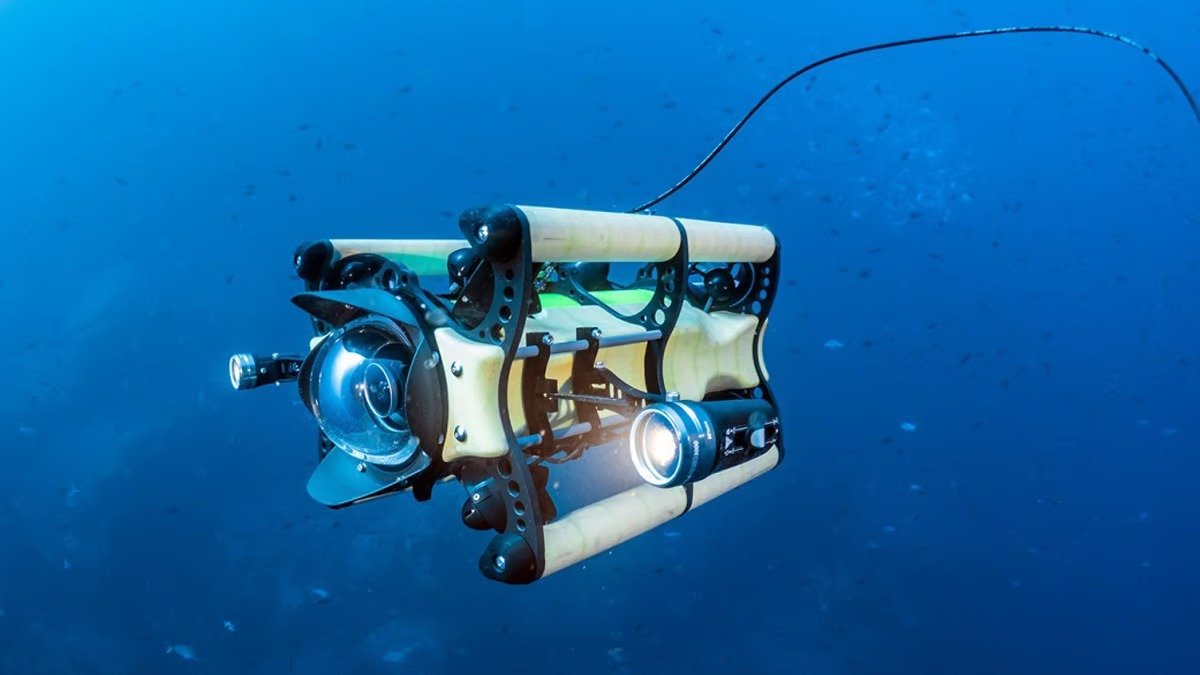IIT Develops Revolutionary Marine Robots, In the coming days, robots will become common in the homes and offices of all of us. If robots work like colleagues in the office, they will be seen doing work like opening doors and serving tea and water at home. Scientists say that in the next 10 years, with the help of Zen AI technology, robots will also be able to communicate emotionally.
Robots will probably become an integral part of your life. The robot will sit with you and do household and office work and will also interact emotionally. When you come home, he will open the door, greet you, give you water, communicate with you in your language using human body language, and even suggest solutions to your problems like a human being.
The recent innovation from IIT Mandi and Pallakad has captured widespread attention, as they have pioneered a marine robot capable of addressing real-time challenges and mitigating risks associated with deep-ocean operations. This groundbreaking research received funding from the Naval Research Board of the Defence Research and Development Organization. The details of this advancement were disclosed through two prestigious journals, the Journal of Intelligent and Robotic Systems and Ocean Engineering.
It is very difficult to carry out investigation, monitoring, and exploration operations on the bottom of the sea and dams using existing machines. There are many threats to the lives of divers involved in these expensive expeditions. To find a solution to this, researchers from the prestigious Indian Institute of Technology (IIT) Mandi and Palakkad have prepared a marine robot.
Study researcher Jagdish Kadiyam, assistant professor of AI and Robotics Center at IIT Mandi, said that his research was focused on developing a prototype of a robot that can work underwater and assessing its performance in investigation and exploration-related use. This robot is made to work in the sea and also in the reservoirs and dams present on the earth.
Jagadish Kadiam, assistant professor at the Center for Artificial Intelligence and Robotics at IIT Mandi, told PTI, “As understood from history, the ocean interior has been observed primarily using instruments launched from research ships “Study co-author Kadiam said typical ship cruises last a month or two, so detailed monitoring of the oceans is limited. “It is often said that sea changes do not wait for a ship to arrive to be measured,” he said. “This problem of under-sampling and the relatively high cost of these observing platforms demands technologies that can provide longer observation times at lower costs through spatial and temporal density,” Kadiam said.
Kadiam noted that recent open-water reservoir field tests indicate considerable progress in the maturity of underwater vehicle technology. He said, “Our research focuses on the prototype development and performance testing of an underwater vehicle for intervention and inspection applications. A new framework has been designed and implemented to perform various missions in oceans and inland waters.”
This Innovation will surely help to find deep information present under the sea. It will probably reduce the risks as well.


















